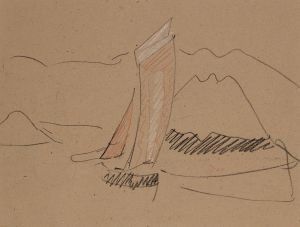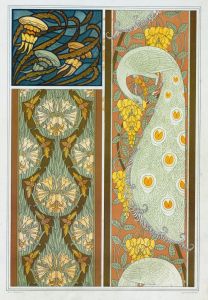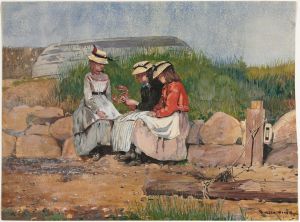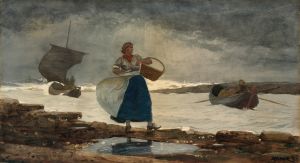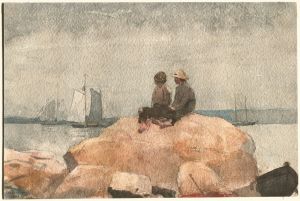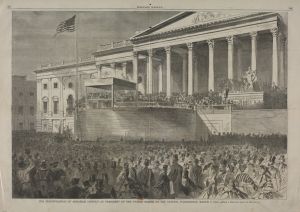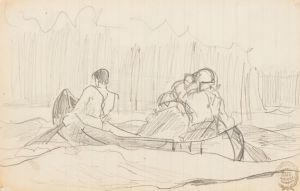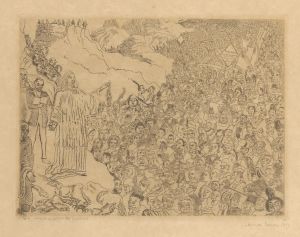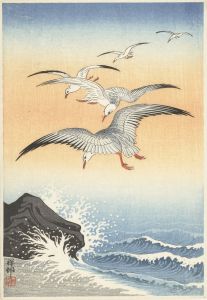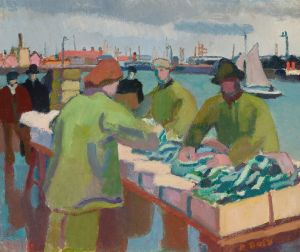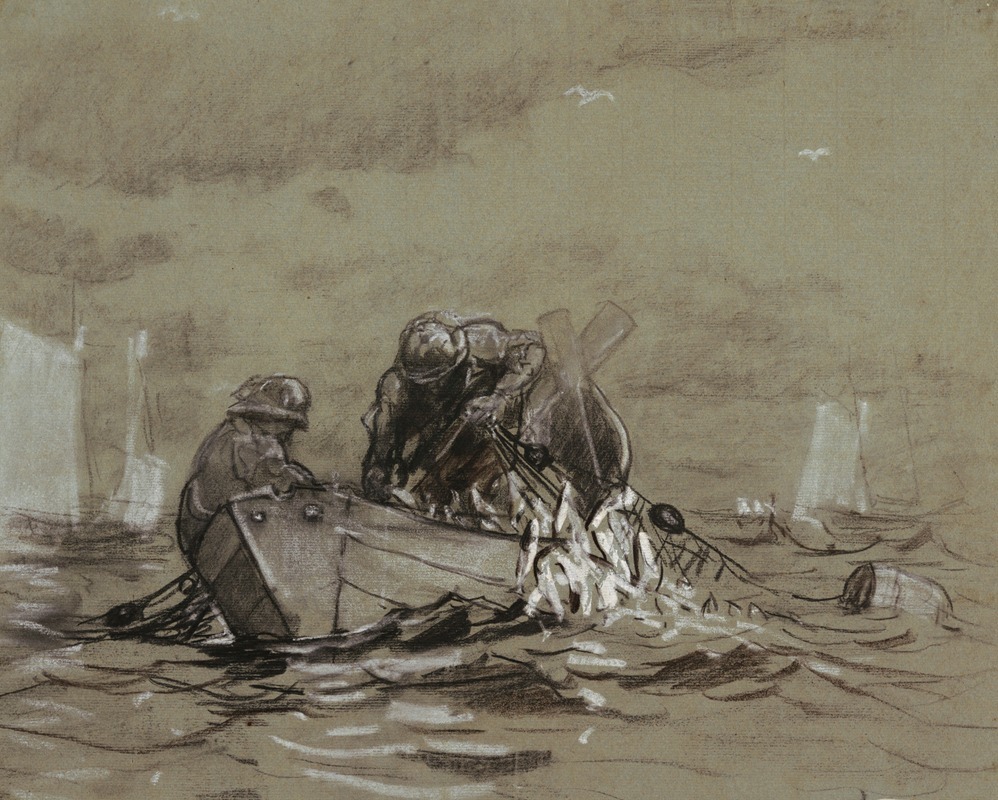
Study for ‘The Herring Net’
A hand-painted replica of Winslow Homer’s masterpiece Study for ‘The Herring Net’, meticulously crafted by professional artists to capture the true essence of the original. Each piece is created with museum-quality canvas and rare mineral pigments, carefully painted by experienced artists with delicate brushstrokes and rich, layered colors to perfectly recreate the texture of the original artwork. Unlike machine-printed reproductions, this hand-painted version brings the painting to life, infused with the artist’s emotions and skill in every stroke. Whether for personal collection or home decoration, it instantly elevates the artistic atmosphere of any space.
Winslow Homer, an American landscape painter and printmaker, is renowned for his marine subjects and depictions of the American experience. One of his notable works is "Study for ‘The Herring Net’," a preparatory piece for his larger painting "The Herring Net," completed in 1885. This study provides insight into Homer’s artistic process and his focus on the lives of fishermen, a recurring theme in his oeuvre.
"Study for ‘The Herring Net’" is a watercolor and graphite on paper, showcasing Homer’s adeptness with the medium and his ability to capture the dynamic and often harsh realities of life at sea. The study, like the final painting, depicts two fishermen in a dory, a small, shallow-draft boat, engaged in the laborious task of hauling in a net full of herring. The scene is set against the backdrop of a turbulent sea, emphasizing the struggle and resilience required in the fishermen’s daily lives.
Homer’s interest in maritime subjects was significantly influenced by his time spent in coastal communities, particularly in Gloucester, Massachusetts, and later in Prouts Neck, Maine. These locations provided him with firsthand experiences of the sea and the people whose livelihoods depended on it. His works from this period reflect a deep respect for the strength and perseverance of fishermen, capturing the essence of their existence with authenticity and empathy.
The study is characterized by its loose, fluid brushwork, which conveys the movement of the sea and the urgency of the fishermen’s task. Homer’s use of watercolor allowed him to experiment with light and atmosphere, creating a sense of immediacy and realism. The composition focuses on the figures and their interaction with the environment, highlighting the physicality of their work and the ever-present danger of the sea.
Homer’s attention to detail and his ability to convey emotion through his subjects are evident in this study. The expressions and postures of the fishermen suggest concentration and determination, underscoring the theme of man versus nature. This preparatory work not only served as a foundation for the final painting but also stands on its own as a testament to Homer’s skill and vision.
"Study for ‘The Herring Net’" is part of the collection at the Art Institute of Chicago, where it continues to be appreciated for its artistic merit and historical significance. It offers viewers a glimpse into Homer’s creative process and his commitment to portraying the realities of 19th-century American life. Through this study, Homer captures a moment in time, immortalizing the enduring spirit of those who make their living from the sea.





